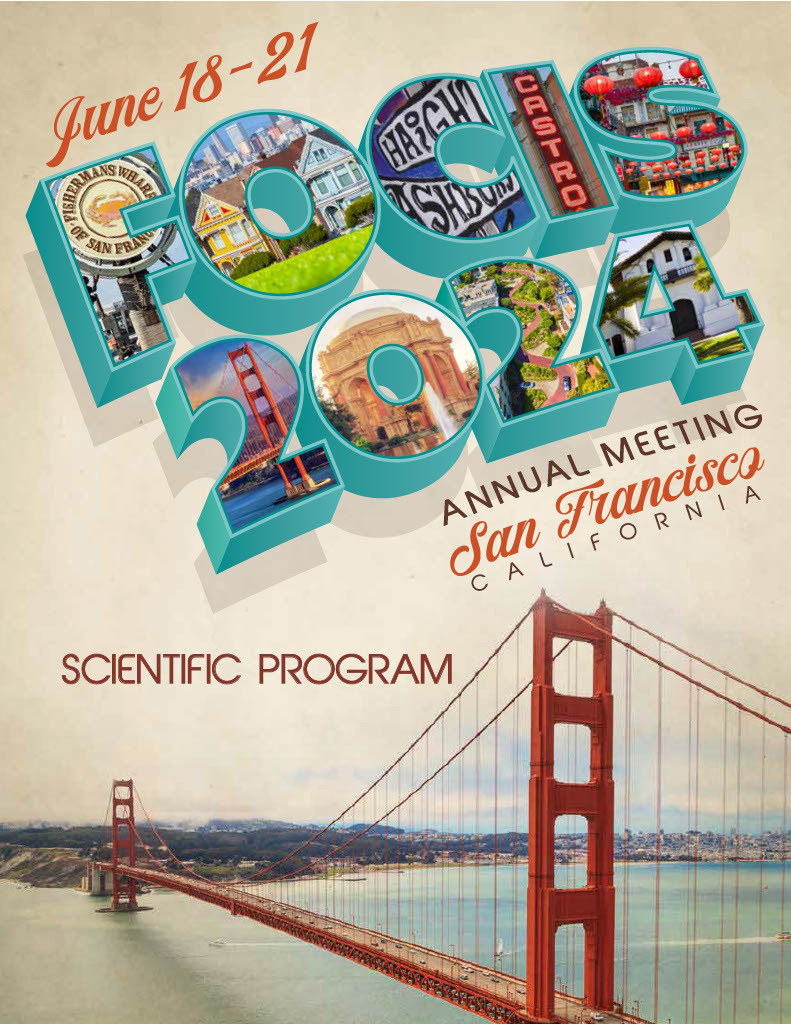Tu144 - Fate Mapping of Human T Cell Subsets During Therapeutic T Cell Expansion
Tuesday, June 18, 2024
6:00 PM - 7:30 PM PT
Meelad Amouzgar – Stanford University; Zachary Ehlinger – Stanford University; Bita Sahaf – Stanford University; Sean Bendall – Stanford University
- AL
Avery J. Lam, PhD
Postdoctoral Scholar
Stanford University
Stanford, California, United States
Abstract Text: Adoptive T cell therapies represent a major advance for patients with otherwise-refractory blood cancers, but patient responses can vary widely, due in part to the inherent heterogeneity of the manufactured T cell product. Decades of work have identified multiple specific T cell subsets/phenotypes in the infusion product that can predict clinical efficacy. It is not clear how and where these desirable cells arise from within a mixed population during in vitro expansion. We investigated the contribution and fate of multiple T cell subsets towards the final therapeutic T cell product, by performing lineage tracing on naive, central memory, and effector memory cells expanded either alone or together within a pool. We used lentivirus-based proteomic barcodes along with single-cell mass cytometry to follow each T cell subset over time. Central memory and effector memory T cells expanded within a pool upregulated several costimulatory (OX40) and coinhibitory receptors (PD-1, LAG-3), but otherwise exhibited similar activation kinetics to their counterparts expanded alone. On the other hand, naive T cells expanded within a pool exhibited augmented activation, upregulating CD25, HLA-DR, and the proliferation marker Ki-67. This coincided with a restoration of cell cycle progression in the pooled cells, compared to naive T cells expanded alone which progressively returned to G0/G1 over time. Overall, pooled expansion has divergent effects on different T cell subsets with important implications for therapeutic T cell manufacturing strategies.

